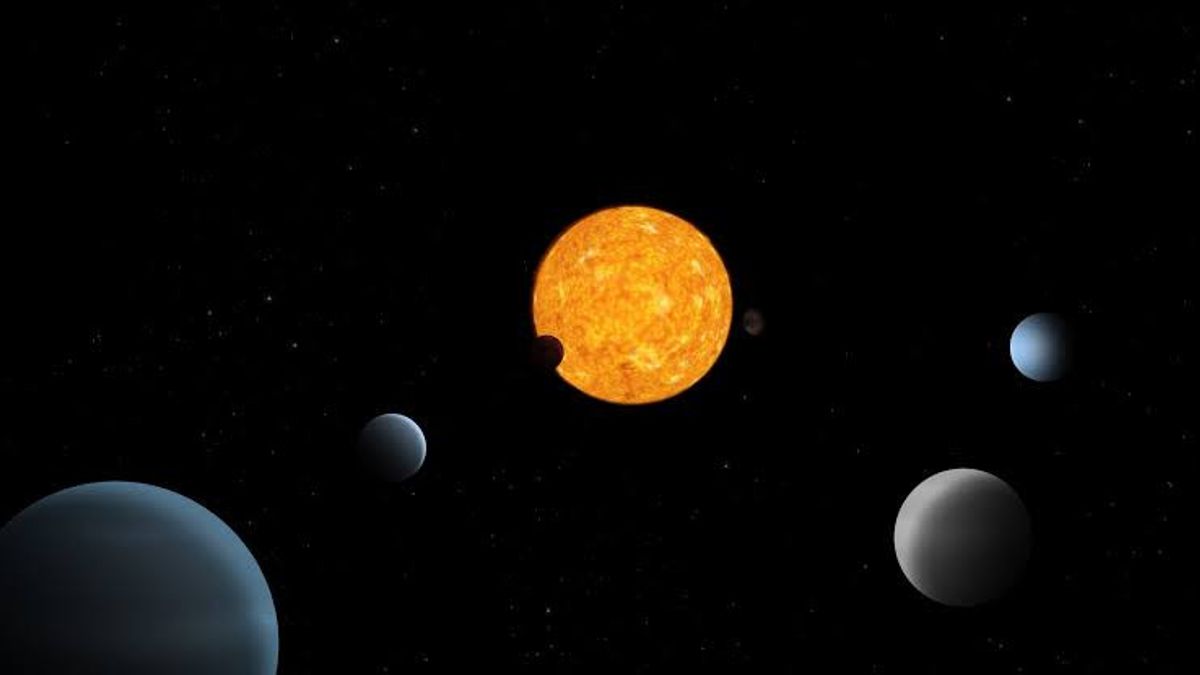
JAKARTA - So far, NASA and other space organizations have often searched for exoplanets or exoplanets with basic life elements. But now, a new discovery has made it easier to search for planets beyond Earth.
Some of the basic elements of life include oxygen, carbon, hydrogen and other essential materials. But still, they still couldn't find a world like this Earth.
Now, a new space innovation from Lund University might help with the location of life-supporting planets.
Space scientists from the university have developed the new 3D map WASP-189. The scientists involved specifically created a three-dimensional representation of the extremely hot gas giant's atmosphere.
It should be noted, WASP-189b is a planet outside our own Solar System, with a daytime temperature of 3,200 degrees Celsius. This temperature can easily melt iron.
The planet is very close to its host star, with a year lasting 2.7 days. They began observing the planet in 2020, when the exoplanet also caught the attention of the Characterising ExOPlanets Satellite (CHEOPS).
Because of this, it has become a subject of interest to astronomers and other space experts. Their new studies, which often cover the atmospheres of exoplanets, could provide more information about worlds outside the solar system.
How Can 3D Maps Be Useful?
Launching TechTimes, Monday, January 31, Lund University scientists used high-resolution spectrographs, which allowed them to study the exoplanet's host star. They are able to observe light passing through the atmosphere of celestial bodies.
The technique involved scientists who found the first strong evidence of titanium oxide in the atmosphere of the planet WASP-189b. In addition, they also identified iron, magnesium, and chromium.
Now, they believe that the new spectrograph technique they are using will allow them to translate the atmospheres of other exoplanets and compare them with one another.
If this works, they can observe other worlds to see if the planets found support life or not.
But instead of relying solely on 3D Maps to find new planets, the recently launched James Webb Telescope can be fully deployed to provide unprecedented close-up views of exoplanets, cataloging over 300 new worlds.
The English, Chinese, Japanese, Arabic, and French versions are automatically generated by the AI. So there may still be inaccuracies in translating, please always see Indonesian as our main language. (system supported by DigitalSiber.id)












